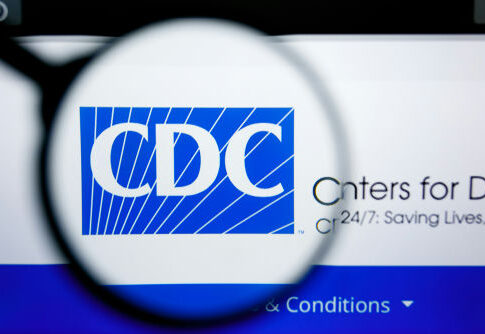A deadly shooting outside the CDC has reignited questions about security, accountability, and the narratives shaping public trust—while officials still withhold a confirmed motive.
What Happened: Timeline and Key Facts
Late Friday in DeKalb County, Georgia, shots were fired from a CVS directly across from the CDC’s Atlanta campus, striking multiple buildings and shattering windows. Responding officer David Rose of the DeKalb County Police Department was fatally shot during the incident. Authorities identified the suspect as 30-year-old Patrick Joseph White, who was later found shot on the second floor of the CVS and pronounced dead at the scene. The Georgia Bureau of Investigation (GBI) is leading the probe.
ABC News reports, citing law enforcement information and acquaintances, that White had complained the COVID-19 vaccine made him sick, depressed, and suicidal. Officials have not announced a motive and emphasized that this information is preliminary as investigators reconstruct events and evaluate evidence. CDC leadership communicated internally that at least three to four buildings were struck; one report describes about 40 rounds hitting three buildings, aligning with images of bullet impacts and broken glass on campus.
Damage, Response, and Safety Concerns on a Federal Health Campus
Multiple CDC buildings sustained visible bullet damage across windows and facades, underscoring vulnerabilities at one of the nation’s most high-profile federal public health campuses. Four people were transported for stress or anxiety following the incident, according to public briefings. The campus was secured after the shooting, but workers described fear and anger in subsequent staff meetings. Internal communications emphasized safety support and coordination with law enforcement while the GBI maintained tight control of investigative disclosures.
NBC’s coverage of internal staff discussions highlighted frustration over persistent hostility toward the agency since the pandemic, though police have not attributed motive. Employees referenced the CDC’s visibility in polarized debates as a backdrop to long-running safety concerns. These accounts reflect worker sentiment, not official conclusions, and authorities continue to caution against premature assumptions while the investigation remains active. These tensions reveal the split between employee perceptions and law enforcement’s fact-finding process.
Motive Unknown: Sorting Facts from Early Claims
Investigators have not released a motive, and the GBI declined to comment while evidence is processed. Reports that the suspect blamed the vaccine for illness and mental health struggles come from acquaintances and law enforcement information described to ABC News, which explicitly framed the details as preliminary. That distinction matters. Establishing motive requires comprehensive review of communications, ballistics, and autopsy results. Until the GBI issues findings, claims about intent remain unverified and should be treated as provisional.
Conflicting numerical details illustrate the fluidity of early reporting: one account cites at least four CDC buildings hit, while another describes about 40 rounds impacting three buildings. Both attributions tie back to CDC leadership or coverage relaying internal communications and employee observations. These differences do not change the core facts—multiple buildings were struck and a responding officer was killed—but they underscore the need for the official incident report to confirm counts and sequences.
Why This Matters: Security, Messaging, and Public Confidence
A live-fire attack on the CDC challenges assumptions about federal campus security and forces a reassessment of protective measures for high-visibility institutions. Short term, expect heightened perimeter security, closer coordination with local police, and additional staff support for trauma and operational disruptions. Longer term, federal and state stakeholders will likely evaluate funding for security infrastructure and protocols while debating how to address grievance-fueled threats without chilling legitimate criticism or infringing on constitutional rights.
For conservatives focused on limited government and personal liberty, two priorities run in parallel: demand transparent, evidence-based findings from the GBI, and insist on security reforms that protect workers and the public without expanding bureaucratic overreach. Law enforcement deserves full support and due process as they honor Officer Rose’s sacrifice. Any policy response should strengthen safety, uphold First and Second Amendment protections, and avoid exploiting tragedy to advance unrelated agendas or suppress dissent.
Sources
ABC News: Suspected gunman in CDC shooting had grievance over COVID-19 vaccine, sources say


